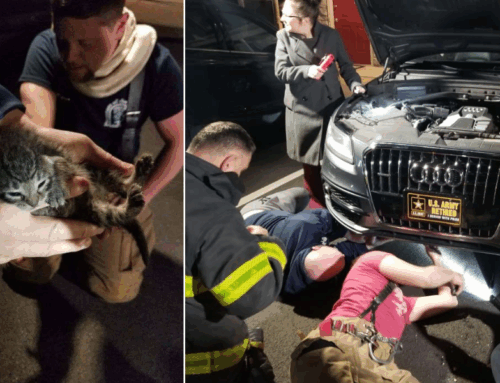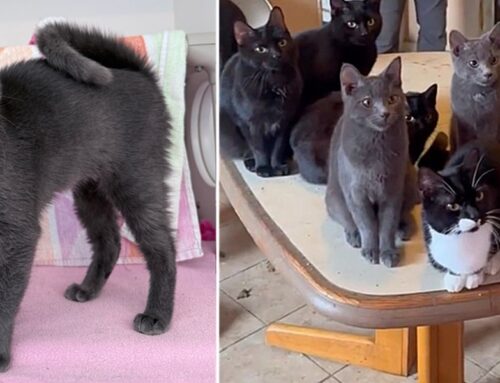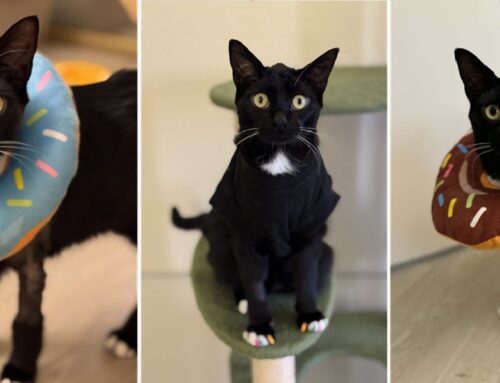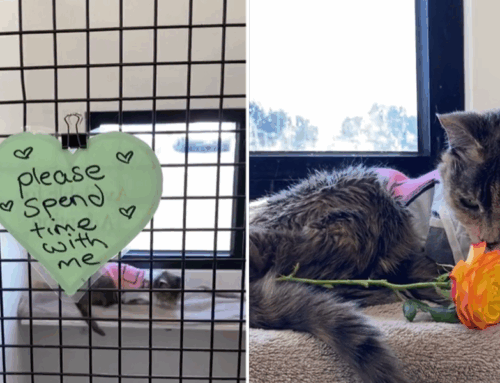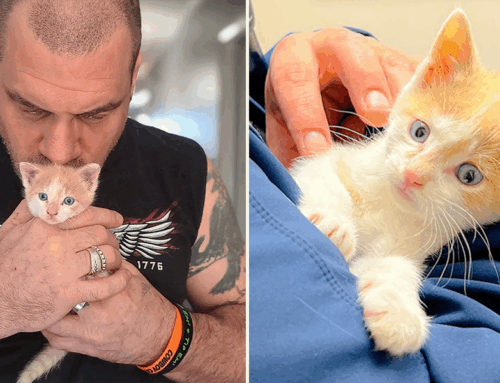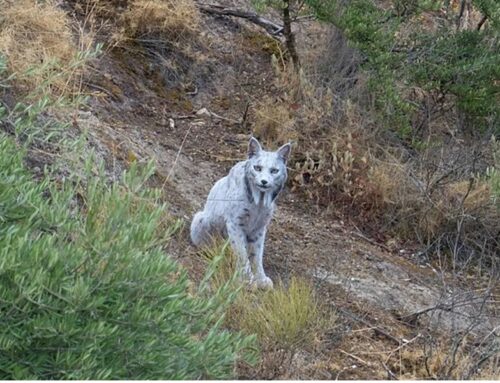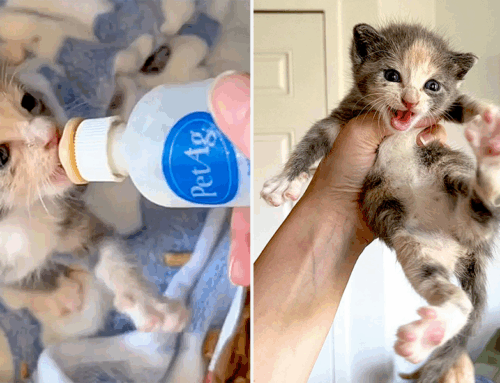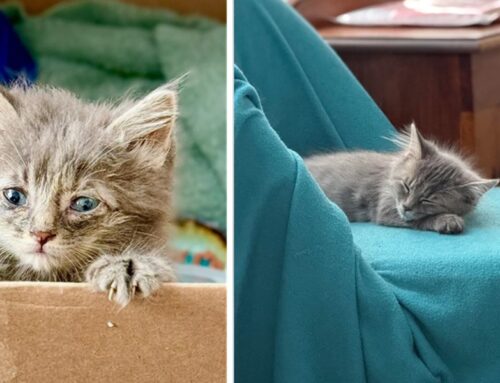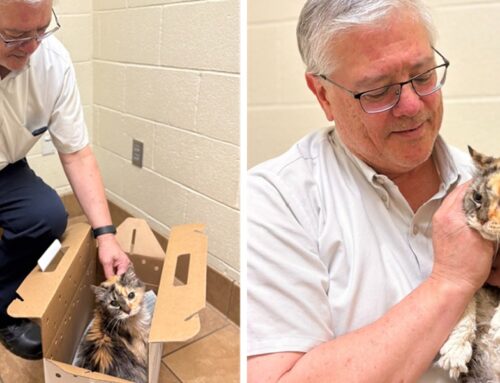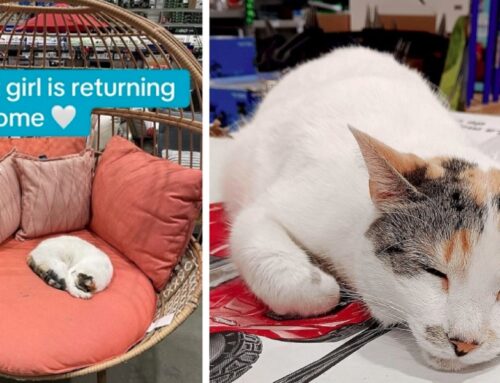Have you ever noticed that your cat farts? Although cats are usually known for being fastidiously clean and elegant, they do toot like the rest of us. Occasionally, a cat or kitten may fart up quite a storm! How do you know if it’s something serious or just a passing wind?
How Many Cat Farts are ‘Normal?’
Cats evolved to digest proteins from meat as obligate carnivores. So, their digestive systems aren’t designed to break down carbohydrates like people and omnivorous dogs. They digest and absorb nutrients relatively fast, sometimes as quickly as 7-12 hours.
Our digestive systems depend on help from trillions of bacteria and microbes, the microbiome, to break down food with a byproduct of gas. In comparison, a cat’s quick digestion doesn’t tend to produce as much gas. While cats may fart a few times a day, people are farting machines, averaging around 21 farts! And dogs tend to fart almost as much as we do.
Cole and Marmalade “Cats with Sound Effects” Volume 1:
Should You Change a Farting Cat’s Diet?
A still-common misconception is that cats like cow milk or cheese, but most cats are lactose-intolerant. If you give a cat dairy products, you can expect digestive troubles and toots. So, please don’t do that.
Otherwise, if you live with a flatulent feline without any other apparent health issues, such as weight loss, vomiting, or diarrhea, a change in diet might correct the issue. As an added bonus, a dietary change can help if the farting is stinky too!
Too Many Toots? Ask Your Vet
Generally, big changes to a cat’s diet are best recommended by a veterinarian. Any abrupt changes in diet can worsen the problem and cause many related tummy troubles. Likewise, asking your vet about giving your cat probiotics or extra fiber is a good idea before you try it.
A vet can also determine if the excess gas is due to an underlying health issue. For example, common problems for rescued cats and kittens are parasites and bacterial infections. After a prescribed treatment, the farting and tummy issues should subside.
In rare cases, cats are born with an enlarged or narrow esophagus, which can cause more intestinal issues and gas. Other cats tend to gulp air when they eat and need to slow down. That’s why there are “slow feeders” and food puzzles for cats and dogs that encourage less gulping while enriching their experience. Elevated bowls may also help while also helping them avoid “whisker fatigue” as their highly sensitive whiskers brush against surfaces.
Video by Cats Only Veterinary Clinic about food puzzles:
Which Cats are More Likely to Pass Gas?
When it comes to feline farts, it tends to be more frequent in kittens and senior cats. As kittens are weaning away from their mama’s milk, they tend to experience more toots. For example, when Zig Zag (Ziggy) was a kitten, she sometimes “fear farted,” tooting when Jess and Cat Man Chris picked her up.
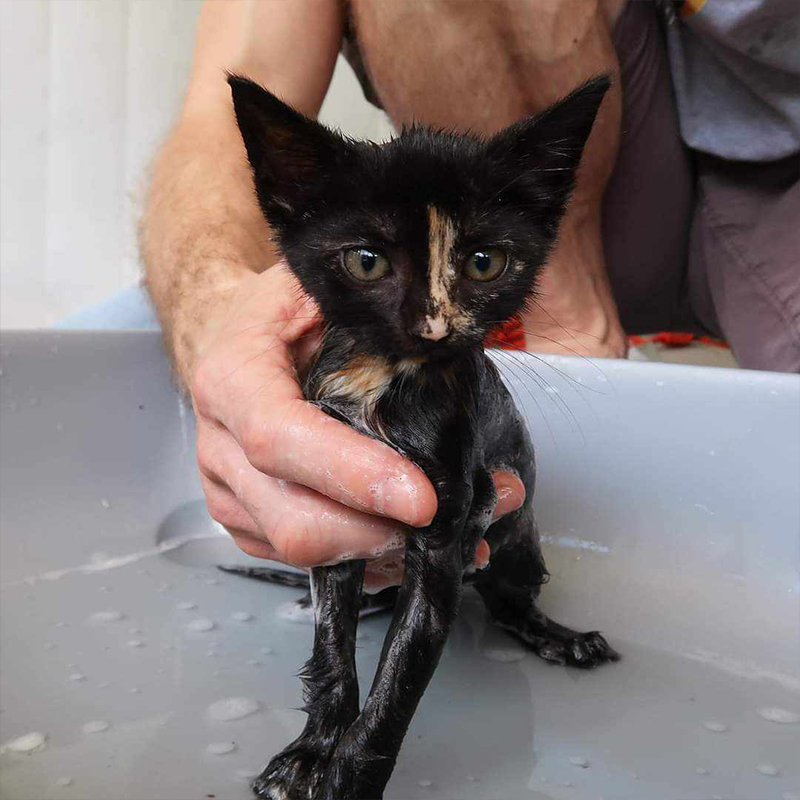
Zig Zag (Ziggy) as a kitten via Facebook/Cole and Marmalade
It was when Ziggy was enjoying lots of rich kitten food, and she was always “locked and loaded,” ready to toot! As she grew, these issues subsided on their own.
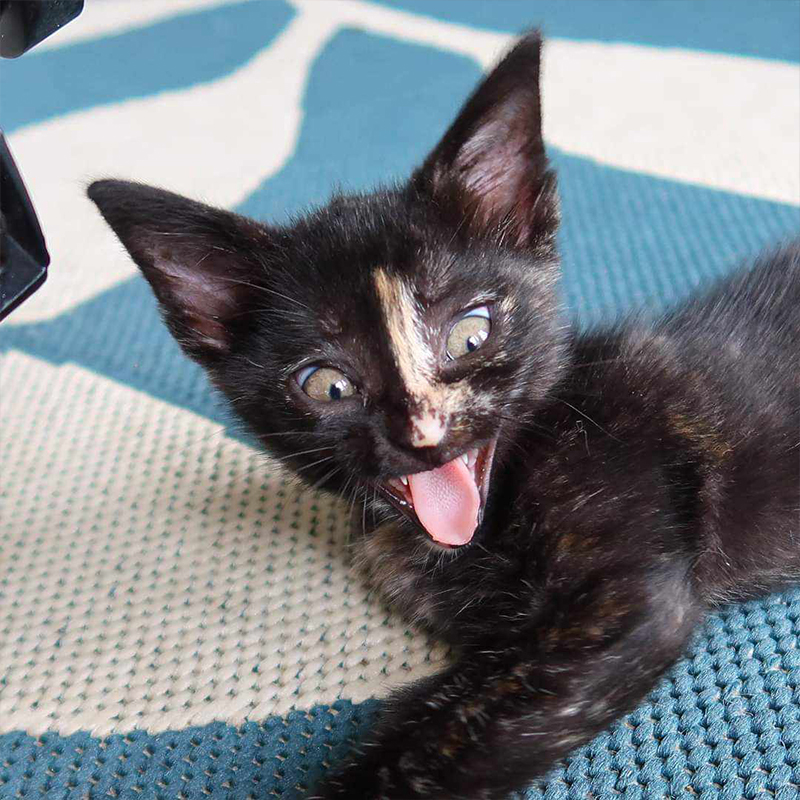
Zig Zag fear farted as a kitten. Image via Facebook/Cole and Marmalade
Many kittens go through the funniest “potato with legs” stage as they are growing fast. You might notice more harmless toots during the adorable potato phase. However, an extended belly can sometimes be a sign of trouble like parasites, so they’ll need a veterinarian’s medication.
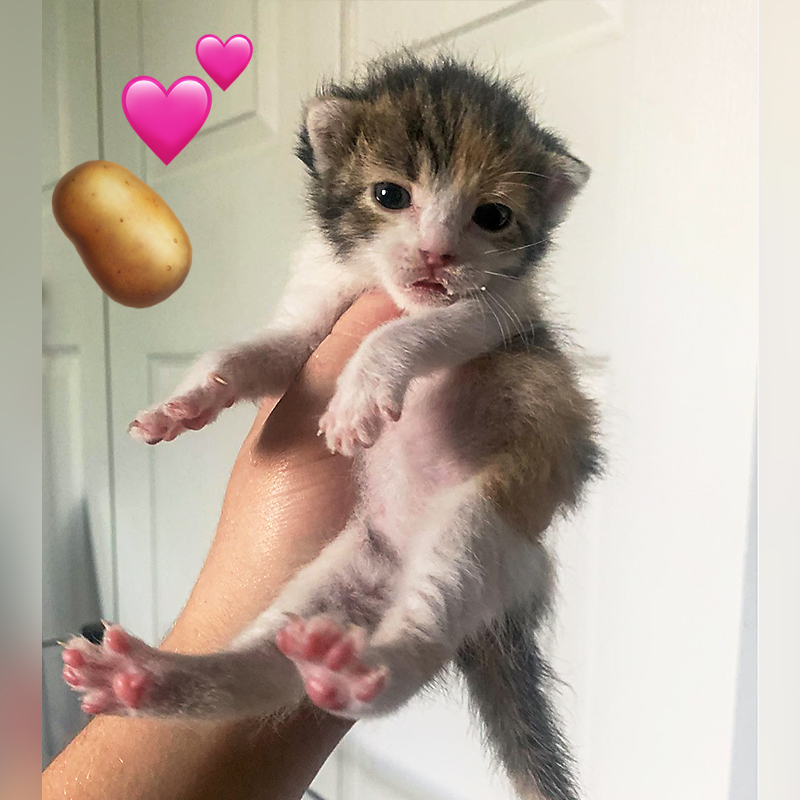
Molly from Windy City Fosters. Image via Instagram, Windy City Fosters
In the case of senior cats that fart more than average, it can be related to a weakened immune system. Like people, adults can experience more tummy troubles and may need a change in diet. With age comes wisdom and the odds of experiencing health concerns like kidney disease or cancer, which can unfortunately cause more than average farts.
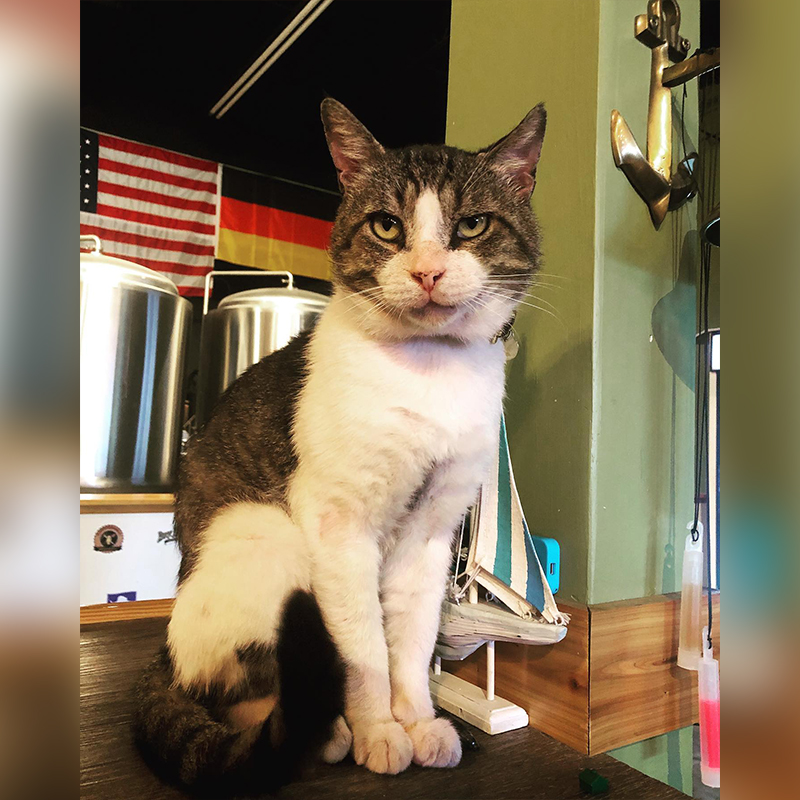
Kismet the cat who overcame kidney disease. image via Facebook/Coastal Karma Brewing
In cats over 15, as many as half suffer from kidney disease. They can live long, healthy lives with a specialized diet, fluid therapy, and medication. And, Marmalade inspires us daily, proof that FIV+ cancer survivors have ameowzing inspirational lives!
As you can see, though, Marmalade isn’t a big fan of toots. But as always, he keeps us laughing every day!
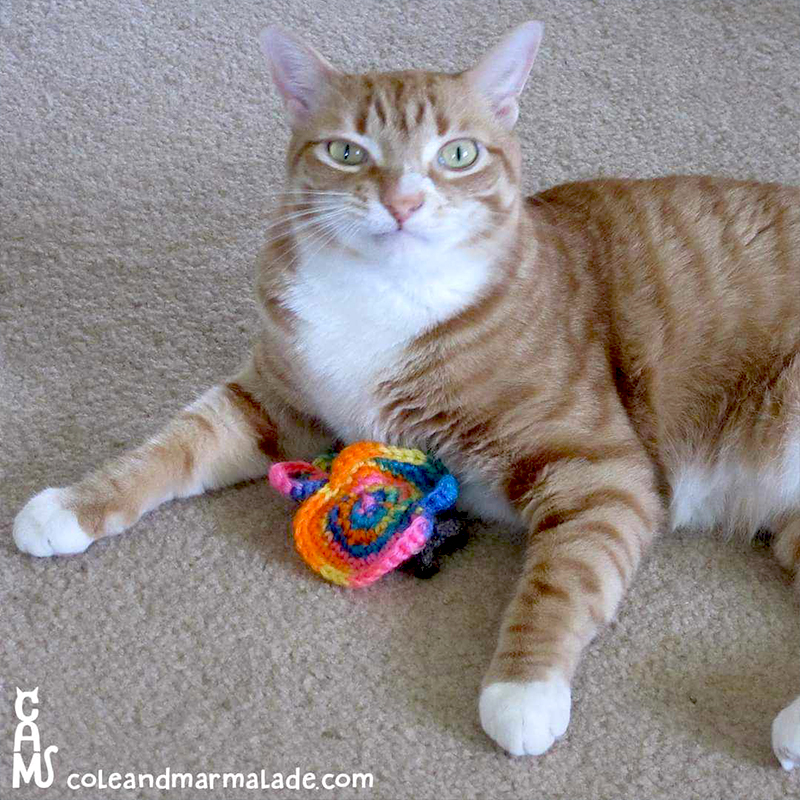
Facebook/Cole and Marmalade



